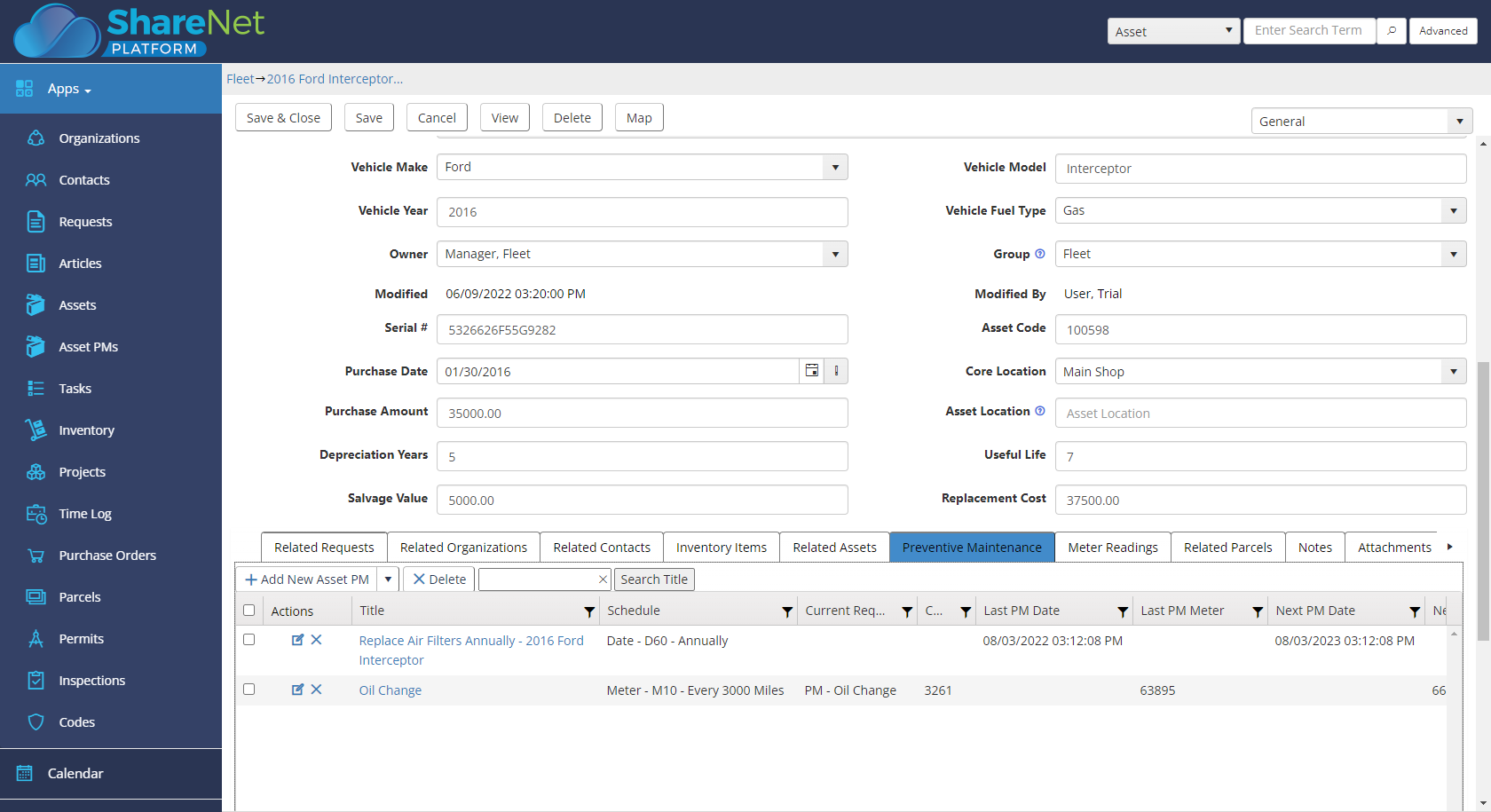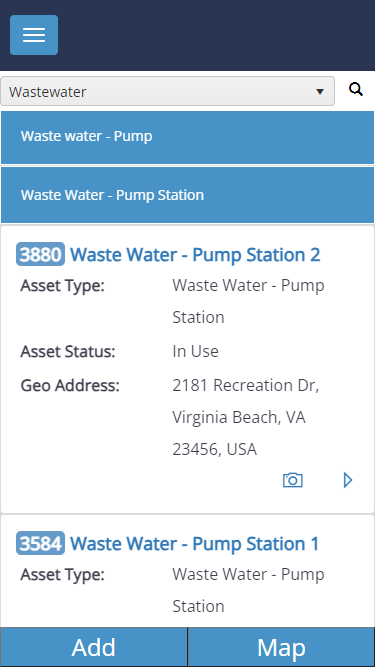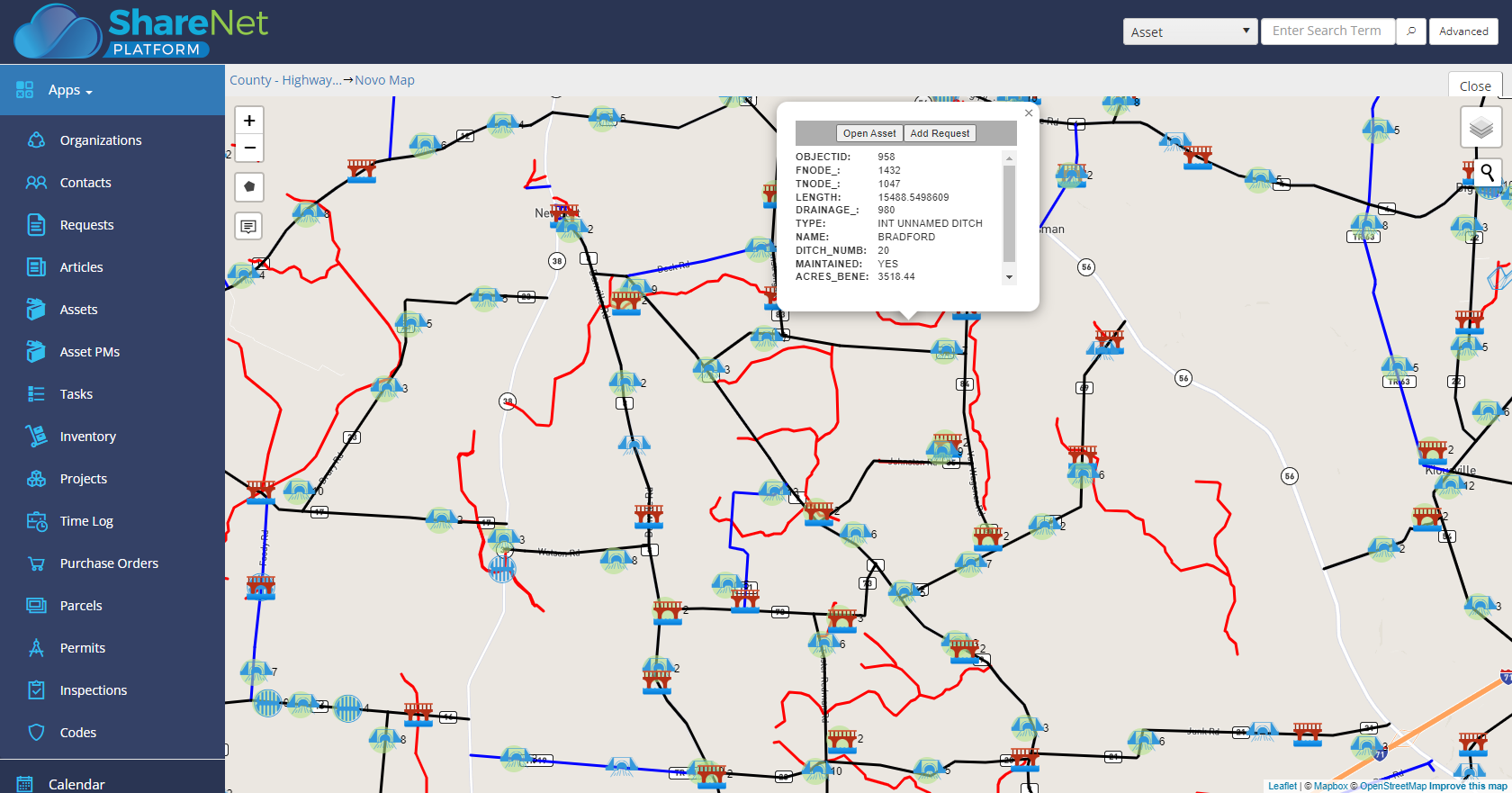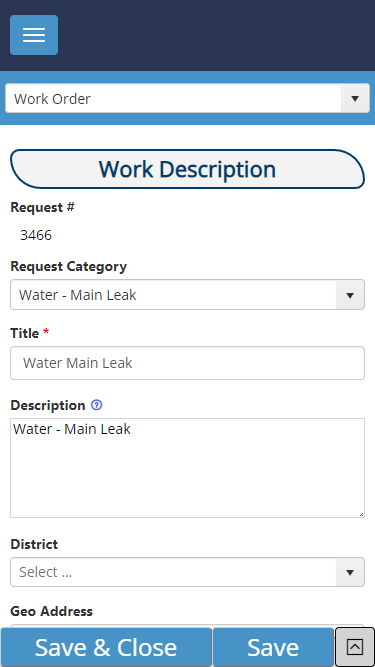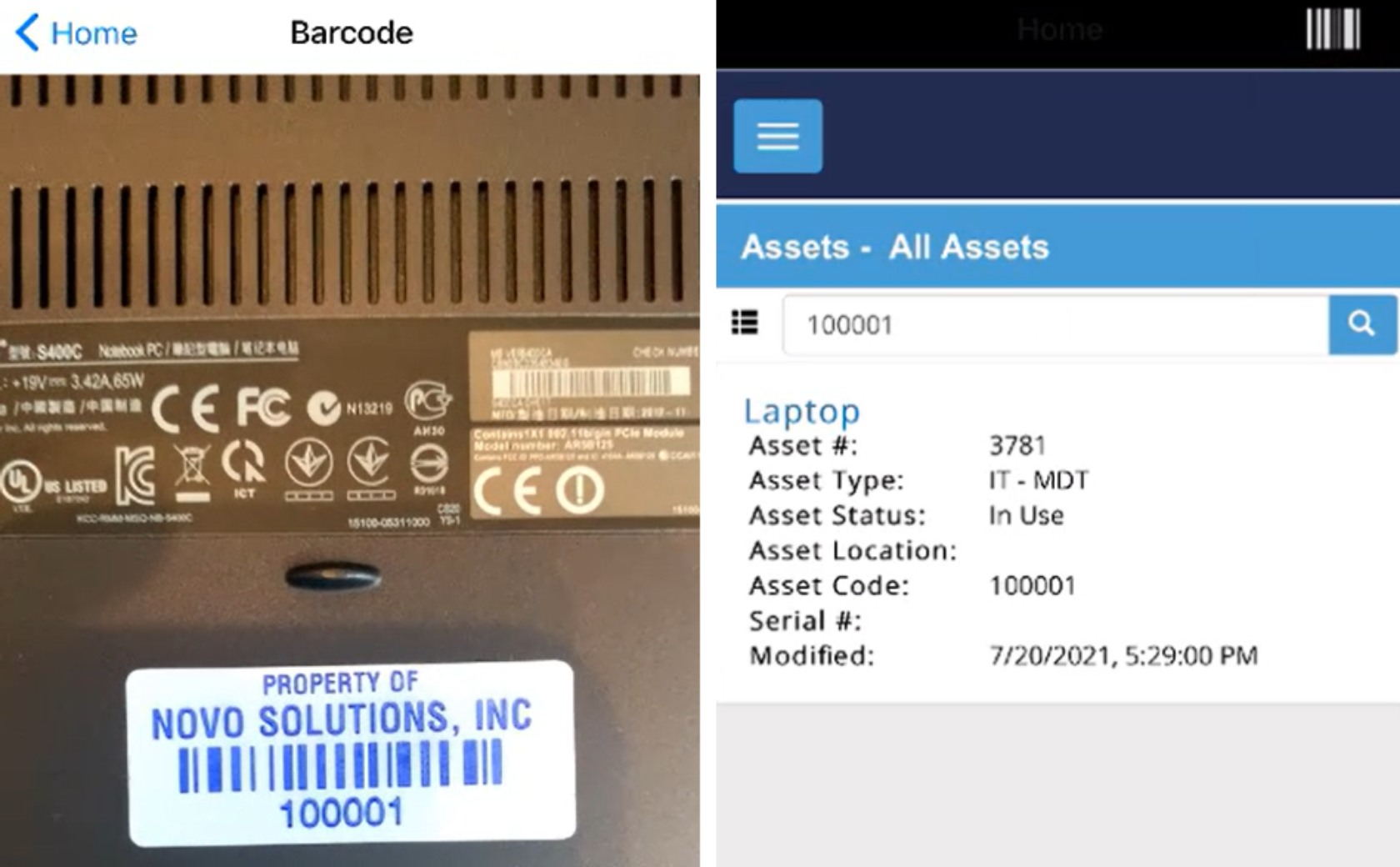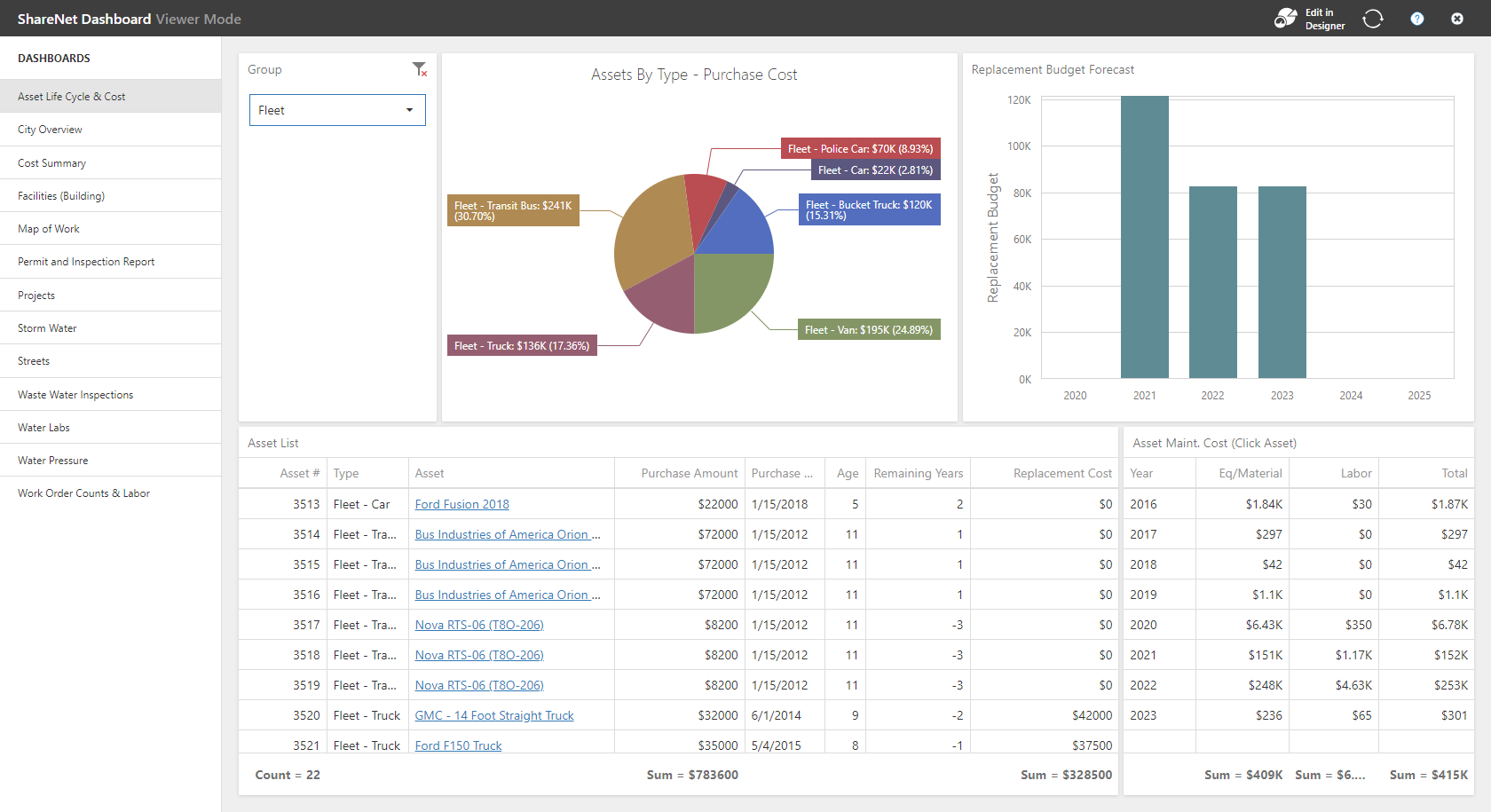Having good infrastructure asset management software is critical to help you oversee the operation and maintenance of infrastructure assets. As a result, you not only improve productivity but also extend asset life.
What is Considered an Infrastructure Asset?
Infrastructure assets are long-lasting capital assets that local governments construct and maintain to provide services to residents. These assets tend to be part of larger systems, such as water, wastewater, stormwater and transportation. While these assets are typically high-cost investments, they are also crucial to a community’s economy and quality of life.
Examples of infrastructure assets include:
- Streets
- Sidewalks
- Bridges
- Tunnels
- Dams
- Water treatment/distribution equipment
- Wastewater collection/treatment equipment
- Stormwater systems
- Lighting system
- Communication networks
Asset Management vs. Asset Maintenance
The terms “asset management” and “asset maintenance” are sometimes used interchangeably. However, asset maintenance involves repairing problems with the infrastructure as they occur. This is sometimes referred to as a “break/fix” model.
However, Infrastructure asset management is a comprehensive approach not only to maintaining infrastructure assets, but also making it a priority to extend the life and functionality of the asset. Key elements of asset management include:
- Knowing where infrastructure assets are located (via a GIS/mapping system)
- Knowing when the asset was installed
- Knowing the type of material the asset is made from as well as other attributes
- Scheduling periodic condition assessments
- Taking proactive measures such as pipe coating or street sealing
- Keeping track of all repairs and improvements
- Budgeting for capital improvements
Why Do Infrastructure Assets Need to Be Managed?
While relying entirely on a “break/fix” model of asset maintenance might seem practical and efficient, it can often have serious consequences. However, an infrastructure asset management system helps operators not only to perform maintenance when it’s necessary, but also to help prevent failures before they happen. Another benefit is that it makes performing maintenance faster and easier, and allows operators to plan ahead more thoroughly.
Negative impacts of poor infrastructure asset management include:
- Reduced life of infrastructure
- Costly, unplanned repairs
- Reduced quality of life for residents due to service interruptions
Positive impacts of good infrastructure asset management:
- Lower stress – having a well-organized asset registry in a GIS/mapping system and having work order history associated with this asset registry provides peace of mind
- Better financial stewardship of tax dollars – money invested in infrastructure provides a greater return by extending asset life
- Data-driven justification for capital expenditure requests – as an example, knowing that composite pipes typically last X number years before starting to breakdown and that you have X feet of this pipe which will reach that point in 5 years is very helpful for planning; justifying asset replacement when you can show the cost of repairs over a period of time is much easier than attempting to do so without data
- Reduced chance of unplanned outages and faster turnaround of repairs when they occur – as an example, knowing the location of a pipe and having quick access to information about its attributes make it possible to know exactly what supplies are needed to make the repair where the repair crew should begin digging
What to Look for in an
Infrastructure Asset Management Software System
Infrastructure asset management software is only as good as its features. It needs to be able to serve multiple roles, adapt to changing circumstances, and have an easy, user friendly interface. Some features that utility operators should consider when choosing an asset management system include:
- GIS/Mapping integration – helps operators knowing where assets are at all times
- Unlimited custom fields – allows operations to define what information about the asset is appropriate and important
- Mobile access – being able to access this information on a mobile device while out in the field
- Ease of Use – ensures employees actually use the system and keep asset information updated
- Integrated Work Order Software – allows operators to document details about any work that is done and when it is completed
- Cost Tracking – helps track labor, equipment, and material costs
- Custom Reporting and Dashboard Analytics – allows operators to slice and dice the data in ways that make sense to council members and other decision-makers
ShareNet Infrastructure Asset Management Software Features
Upgrade Your Infrastructure Asset Management System
With all the benefits an infrastructure asset management software system can provide, it doesn’t make sense to not have one. Whenever you’re looking to cut costs, extend asset life, streamline productivity, or improve employee communication, consider implementing a GIS/Map based asset management system.
The ShareNet asset management software can help you achieve these benefits. To learn about specific types of infrastructure Asset Management see the links below:
- Facilities – Facility Management System
- Fleet – Public Works Fleet Management
- Parks & Rec – Park Maintenance
- Stormwater – Stormwater Software
- Streets – Road Maintenance System
- Wastewater – Wastewater Maintenance Software (Treatment Plant and Collection System)
- Water – Water Software (Treatment Plant & Distribution System)
Request a demo today to learn how our ShareNet Municipal Operations Management system can help you.

